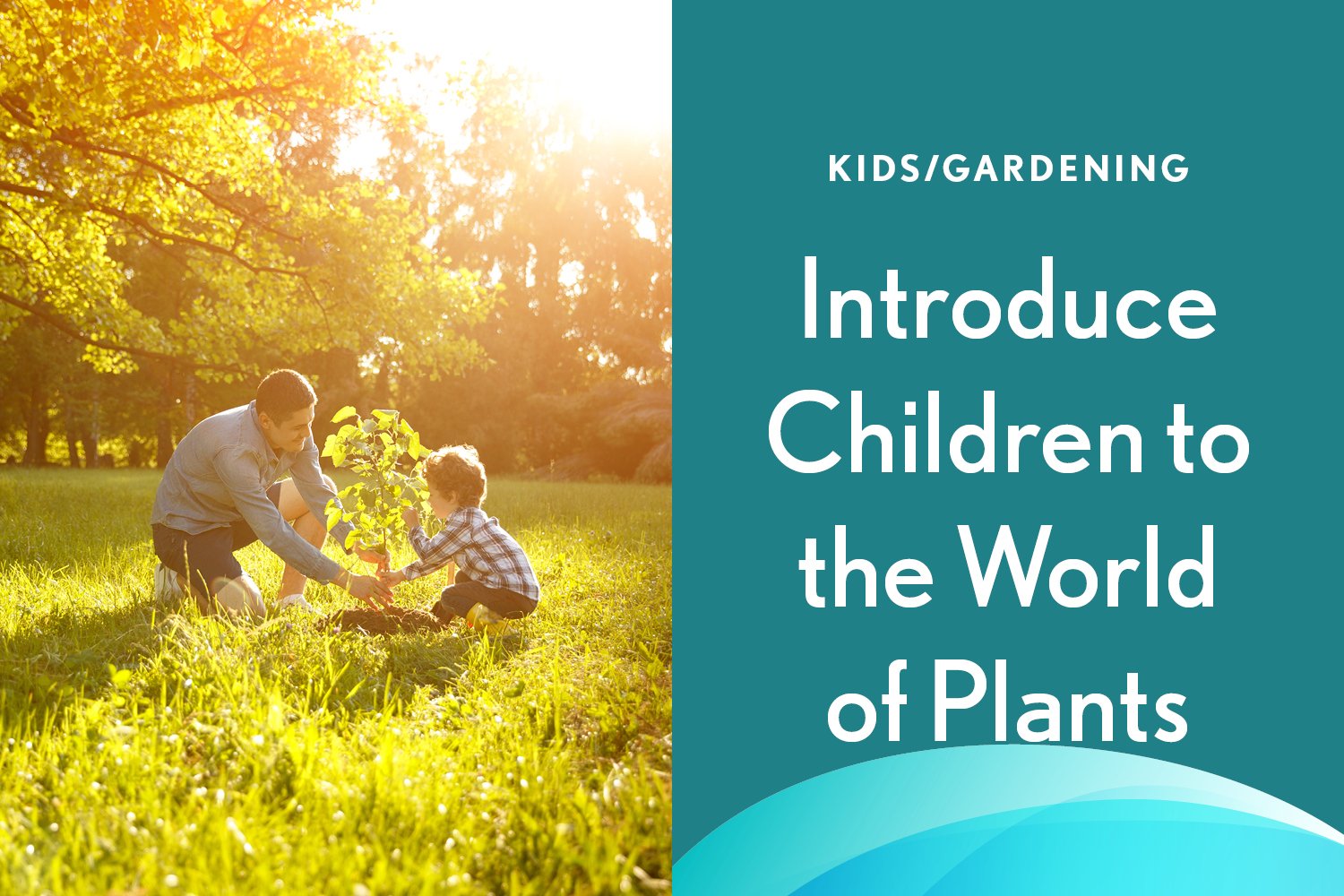
In a world increasingly dominated by screens, connecting children with nature, even just a little bit indoors, offers invaluable lessons and benefits. It’s about sparking curiosity, teaching responsibility, and creating a sense of wonder about the living world around us.
Why get children involved with plants? It’s a brilliant way to introduce them to nature, teach patience, and show the value of consistent care. Watching something grow from a seed or a sprout can be incredibly rewarding and provides a hands-on learning experience.
It also supports fine motor development through activities like watering and potting. Time spent with plants offers a calming alternative to busier parts of their day.
If you choose edible plants, it’s also a great way to help them learn where food comes from.
Choosing the right plants helps keep children engaged and makes early experiences with plant care enjoyable. Look for plants that are:
Some excellent choices include:
Involving children in the actual care of plants is where the most meaningful learning happens. Start with simple tasks and build a routine around them.
For watering, use a small, child-sized watering can. Show them how to check if the soil is dry using a finger and explain how much water is enough.
They can also wipe leaves with a soft cloth and a small spray bottle filled with water. This helps keep the plants healthy and gives the children a sense of responsibility.
Encouraging children to talk to their plants makes the experience fun and fosters a sense of connection. Observing new leaves, growth, or changes in the soil can become part of a shared daily moment.
Looking after plants together can also become a creative and engaging family activity.
Caring for plants teaches children more than just gardening. It encourages patience, as plants grow at their own pace. It builds a sense of responsibility through regular care.
It also nurtures empathy by showing that living things need attention and support. When a plant thrives under their care, children feel a well-earned sense of accomplishment.
This early connection to living things can help foster a lifelong appreciation for the natural world.
When introducing plants to a child’s space, safety is key.
Make sure all plants are non-toxic if touched or accidentally tasted. Heavier or larger pots should be placed on the floor to prevent tipping. Lightweight pots on shelves should be secure and out of reach if necessary.
Any tools used for potting or watering should be stored safely when not in use. Avoid placing plants with spines or irritant sap in areas where children play unsupervised.
Involving children with plants is a rewarding way to bring more calm, connection, and learning into daily life. It helps nurture curiosity, patience, and care, all while bringing a bit of nature indoors.
Why not choose a child-safe plant together and start your growing journey this week?